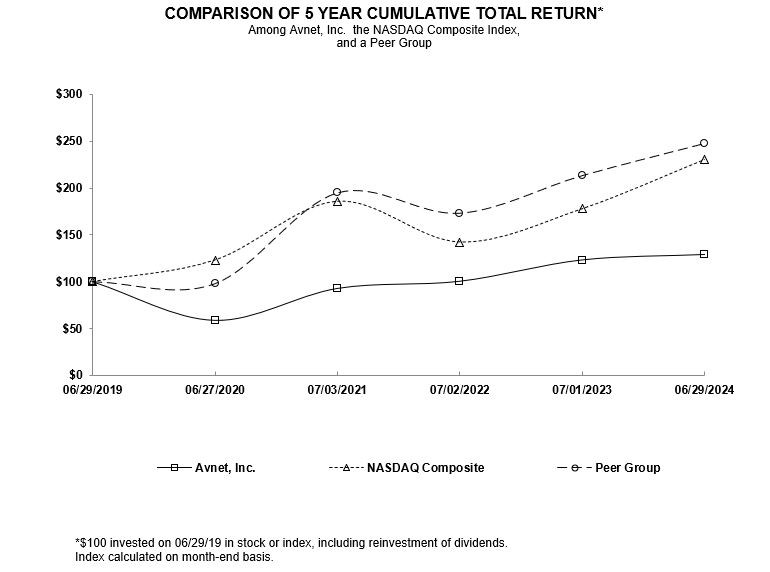product recalls, fines, and penalties. Product liability risks could be particularly significant with respect to aerospace, automotive, and medical applications because of the risk of serious harm to users of such products.
Environmental regulations non-compliance
The Company is subject to various federal, state, local, and foreign laws and regulations addressing environmental and other impacts from industrial processes, waste disposal, carbon emissions, use of hazardous materials in products and operations, recycling products, and other related matters. While the Company strives to fully comply with all applicable regulations, certain of these regulations impose liability without fault. Additionally, the Company may be held responsible for the prior activities of an entity it acquired.
Failure to comply with these regulations could result in substantial costs, fines, and civil or criminal sanctions, as well as third-party claims for property damage or personal injury. Future environmental laws and regulations, including disclosure requirements, may become more stringent over time, imposing greater compliance costs, and increasing risks, penalties and reputational harm associated with violations.
Customers, suppliers, investors, and regulatory agencies in various jurisdictions globally are increasingly requesting or requiring disclosure and action regarding the Company’s supply chain due-diligence and environmental, social, and governance practices. Such increased expectations and regulations may increase compliance costs and result in reputational damage and loss of business if the Company is perceived to have not met such expectations.
General Risk Factors
Negative impacts of economic or geopolitical uncertainty, or a health crisis, on operations and financial results
Economic weakness and geopolitical uncertainty (including from military conflicts and international trade disputes), as well as health-related crises (including pandemics and epidemics), have resulted, and may result in the future, in a variety of adverse impacts on the Company and its customers and suppliers. Such adverse impacts include decreased sales, margins, and earnings; increased logistics costs; demand uncertainty; constrained workforce participation; global supply chain disruptions; and logistics and distribution system disruptions. Such crises and uncertainties could also result in, or heighten the risks of, customer bankruptcies, customer delayed or defaulted payments, delays in product deliveries, financial market disruption and volatility, and other risk factors described in the Company’s Annual Report. As a result, the Company may need to impair assets (including goodwill, intangible assets, and other long-lived assets), implement restructuring actions, and reduce expenses in response to decreased sales or margins.
The Company may not be able to adequately adjust its cost structure in a timely fashion, which may adversely impact its profitability. Uncertainty about economic conditions may increase foreign currency volatility, which may negatively impact the Company’s results. Economic weakness and geopolitical uncertainty also make it more difficult for the Company to manage inventory levels (including when customers decrease orders, cancel existing orders, or are unable to fulfill their obligations under non-cancelable/ non-return orders) and collect customer receivables, which may result in provisions to create reserves, write-offs, reduced access to liquidity, higher financing costs, and increased pressure on cash flows.
An increase in or prolonged period of inflation could affect the Company’s profitability and cash flows, due to higher wages, higher operating expenses, higher financing costs, and higher supplier prices. Inflation may also adversely affect foreign exchange rates. The Company may be unable to pass along such higher costs to its customers, which may result in lower gross profit margins. In addition, inflation may adversely affect customers’ financing costs, cash flows, and profitability, which could adversely impact their operations and the Company’s ability to offer credit and collect receivables.
